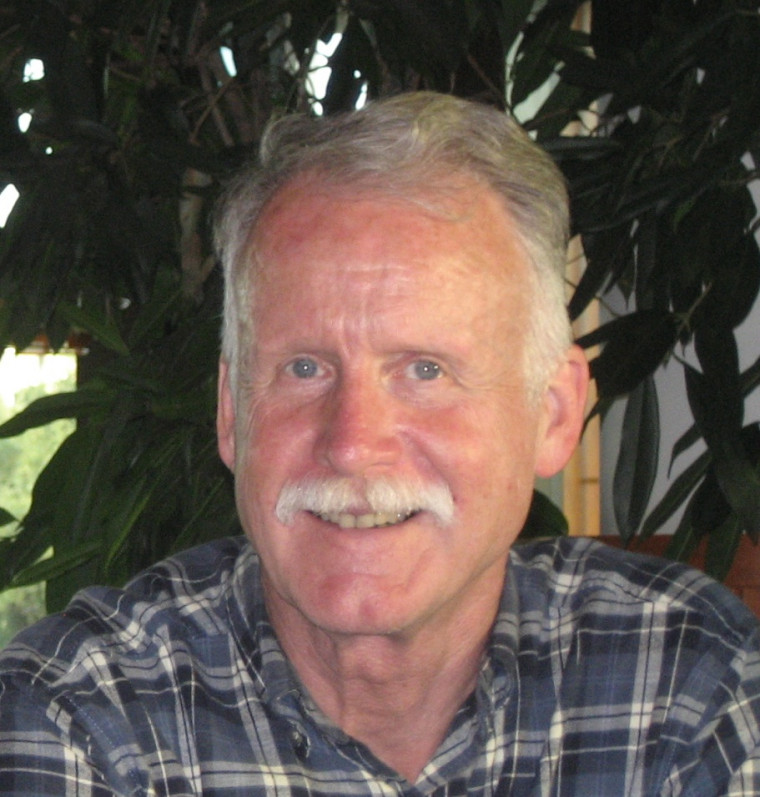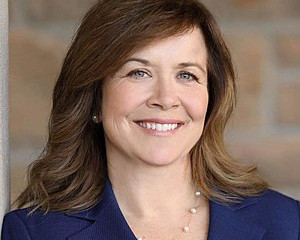Emeritus Professor Roger Nelsen Honored
Open gallery

Emeritus Professor of Mathematics Roger Nelsen is the kind of teacher a college is lucky to hire: A person who is both an active benefit to his field and an avid supporter of those hoping to join him in that field. He’s written numerous books in probability and visualization in mathematics, and has published and contributed to dozens of papers during his career. He’s a regular attendee at Lewis & Clark sporting events. He’s also, despite the fact he retired from teaching more than five years ago, the first to arrive to the Math department every day, where he works in his cozy attic office and provides an open door to any and all students who want to visit or hash out an issue, mathematical or otherwise.
Recently, Nelsen was honored at a conference at the University of Almeria in Spain for his contributions to copula theory. When asked to discuss this honor and how he found his calling, he recalled his youth.
As a child, Nelsen says, the greatest influence on his development into a successful mathematician was his father. “He would ask me questions, show me puzzles, games.” When the young Nelsen was stumped, his father would not give him the answers. “He’d always ask me another question.” This teaching technique stuck with Nelsen, and he employs it with students to this day. He says when “students ask… questions, I really want to know what’s behind the question, and how do I find that out? Ask them a question.” When all’s said and done, he says, math was something Nelsen “really enjoyed, and people would pay me to do something that I would do anyway.”
His love for the field only bolstered Nelsen as he began his work in copula theory, for which he would write the foundational text, An Introduction to Copulas (Springer, 1999). His work in this branch of mathematics resulted in his recent honoring at a conference in Spain at the University of Almeria, where Nelsen visited and worked in the past, and where several of his closer colleagues still work. In addition to that honor, a new book on copulas was also presented at the conference, published in his honor. Nelsen stresses he “didn’t write a word” of that book, but his work was instrumental in its existence, nonetheless.
So what are copulas? Nelsen explains it quite well. The word copula is from Latin, and means to join, or “couple.” In probability theory, they have a wide variety of applications. In essence, copulas join the mathematical functions we use to predict the ebbs and flows of something like the mortgage market to the function we use for, say, the stock market, and makes those two things dependent upon each other, as they are in real life. Nelsen invoked the housing market crash of the mid-2000s, as when things went bad “the people working in that area… did not have a very good model, and when the mortgage market went bad the others went bad… If they had used a better model, one with greater positive dependence, perhaps things might not have been so bad.”
The potential uses for copulas don’t stop there. Nelsen says when they “first started working with them, we thought they were interesting… thought they might have an application in statistics, maybe physics?” Turns out they were wrong about physics, but very correct otherwise. “We had no idea there’d be uses in insurance and finance, and actuarial work, and hydrology, and these sort of applied fields. It was a big, pleasant surprise.”
It’s no stretch to say that Lewis & Clark has benefited greatly from Nelsen’s ongoing support. Associate Professor of Mathematics Paul Allen refers to Nelsen as “inspiring,” and says that “LC should be proud that one of our colleagues has been recognized by the international probability/statistics community.”
In addition to gracing our institution with his leadership and intellect, Nelsen supports the school financially with the endowment of a scholarship for mathematics students. “I’ve been fortunate in that I’ve only had one job, I came here right out of graduate school and forty years later I retired… I got it right the first time,” says Nelsen of his attachment to Lewis & Clark, “I’ve seen a lot of growth in Lewis & Clark. I’m a fan.”
email source@lclark.edu

